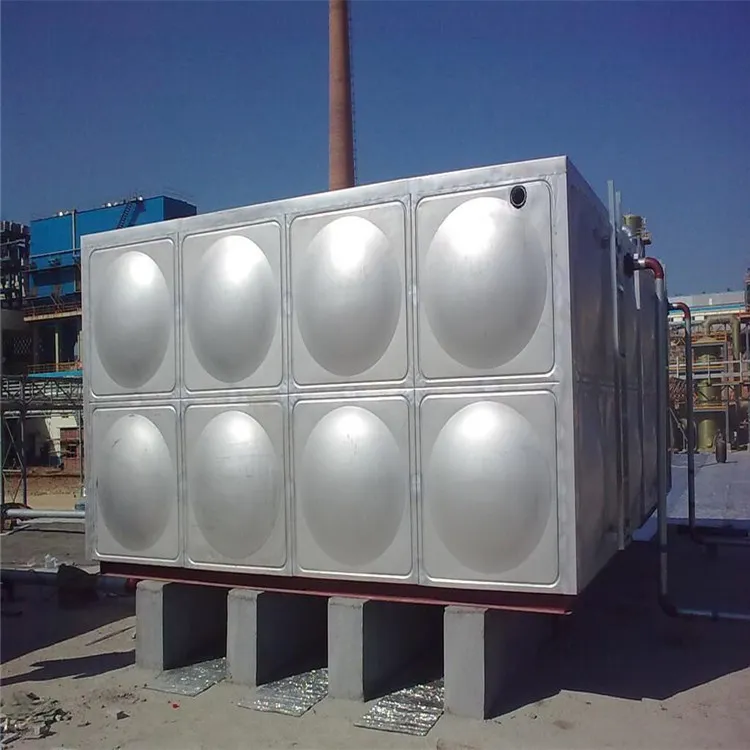loading...
- No. 9, Xingyuan South Street, Dongwaihuan Road, Zaoqiang County, Hengshui, Hebei, China
- admin@zjcomposites.com
- +86 15097380338
- Welcome to visit our website!
Innovative Solutions for Enhancing Safety and Durability with Grating Floor Plates in Industrial Environments
The Versatility and Applications of Grating Floor Plates
Grating floor plates are an essential component in various industrial and commercial applications, providing both functional and aesthetic benefits. These plates, typically made from materials such as steel, aluminum, or fiberglass, are known for their durability, strength, and flexibility. Their unique design allows for efficient drainage, ventilation, and safety, making them an ideal choice for a range of environments.
One of the primary advantages of grating floor plates is their ability to enhance safety in industrial settings. The open-grid design of grating allows water, oils, and other liquids to drain away quickly, minimizing the risk of slips and falls. This feature is particularly vital in areas where spills can occur, such as manufacturing plants, warehouses, and outdoor facilities. The non-slip surface of grating floor plates further contributes to workplace safety by providing a secure footing for workers, even in wet or oily conditions.
In addition to safety, grating floor plates also promote superior ventilation. The gaps between the slats allow for air circulation, which can be critical in preventing overheating in machinery and equipment. In environments where chemicals or other hazardous materials are handled, this ventilation helps to dissipate fumes and maintain a safer working atmosphere. Consequently, industries such as petrochemical plants, food processing facilities, and wastewater treatment plants frequently utilize grating floor plates to ensure compliance with safety regulations and improve overall air quality.
Grating floor plates are also highly customizable, making them suitable for a wide range of applications. They can be fabricated in various sizes, shapes, and materials to meet specific project requirements. For example, lightweight aluminum grating is often chosen for applications where portability is essential, while heavy-duty steel grating is preferred in areas that require extra strength and durability. Additionally, fiberglass grating provides excellent corrosion resistance, making it ideal for environments exposed to harsh chemicals or moisture.
grating floor plate

Another important aspect of grating floor plates is their ease of installation and maintenance. These plates are typically lightweight and modular, allowing for quick assembly and disassembly. This feature is especially beneficial in settings that require frequent maintenance or changes to the layout. Moreover, cleaning grating floor plates is straightforward; dirt and debris can be easily washed away, ensuring that the surface remains safe and functional over time.
Beyond their practical applications, grating floor plates also have an aesthetic appeal. They provide a modern and industrial look that can enhance the visual appeal of commercial spaces such as cafes, retail outlets, and showrooms. The transparent nature of the grating can create an illusion of openness and spaciousness, contributing positively to the overall design of a space.
Furthermore, with a growing emphasis on sustainability in construction and design, grating floor plates made from recycled materials are gaining popularity. This trend aligns with the increasing demand for eco-friendly building solutions, allowing businesses to reduce their environmental footprint while maintaining high standards of performance.
In conclusion, grating floor plates are a versatile solution that enhances safety, functionality, and aesthetics in various applications. Their unique properties make them invaluable in industrial settings, while their customizable nature allows for creative design possibilities in commercial environments. As industries continue to prioritize safety and sustainability, the demand for grating floor plates is likely to grow, solidifying their role as a critical component in modern construction and maintenance practices.
-
Premium FRP Handrail for All ApplicationsNewsAug.29,2025
-
Low Maintenance FRP Mini Mesh Grating ProductsNewsAug.29,2025
-
Innovative FRP Square Tubes for Modern Industrial SolutionsNewsAug.29,2025
-
FRP Water Storage Tanks Wholesale Solutions for Bulk BuyersNewsAug.29,2025
-
FRP Molded Grating Solutions for Diverse Industrial ApplicationsNewsAug.29,2025
-
Construction Advancements Through FRP Pultruded ProfilesNewsAug.29,2025
-
Why Choose FRP Railings, Guardrails, and Handrail Systems?NewsAug.29,2025
